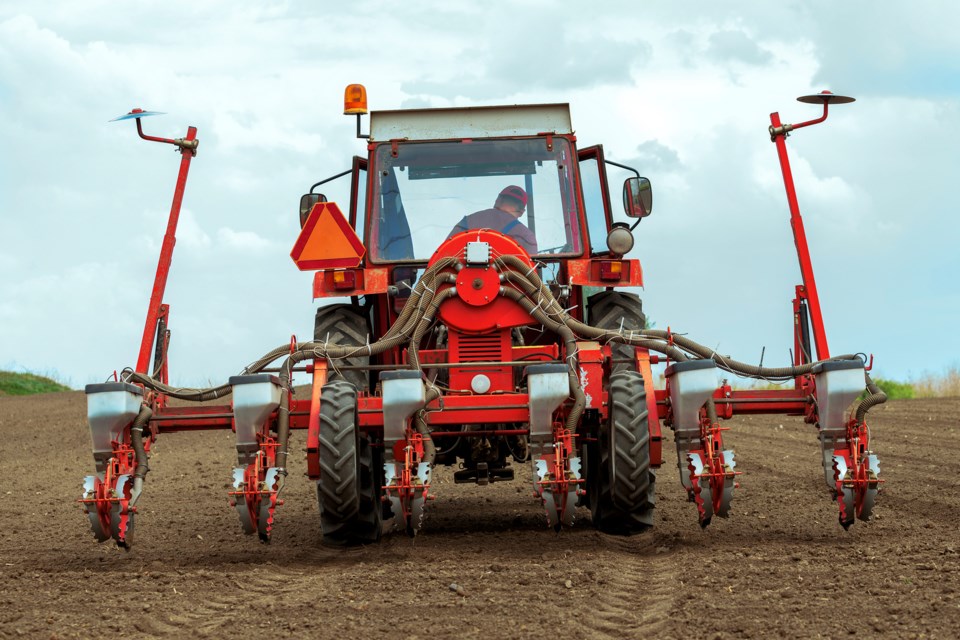EAST CENTRAL — Seeding progress is quickly advancing across the province, thanks to very few disruptions in the weather and relatively good seeding conditions.
Seventy-three per cent of the crop is now seeded in the week of May 14 to 20, up from 38 per cent the previous week and well ahead of the five-year average (2014-18) of 59 per cent for this time of year. Crops are slowly emerging, but are mostly in good condition despite the lack of moisture.
Northeastern Saskatchewan
Seeding progress in the northeast has nearly tripled, with 62 per cent now in the ground, up from 22 per cent last week. Thanks to very good field conditions, the region is well-ahead the five-year (2014-18) average of 46 per cent for this time of year. Eighty-five per cent of the spring wheat, 56 per cent of the barley, 53 per cent of the canola and oats, and 94 per cent of the field peas have been seeded to date.
Varying amounts of rainfall were reported last week, ranging from trace amounts to 17 millimetres in the Garrick area. The Star City area reported 10 millimetres of rain, the Arborfield area 11 millimetres, the Birch Hills area 6 mm and the Humboldt area four millimetres. The Hudson Bay area has received the most precipitation since April 1 (44 millimetres).
Cropland topsoil moisture is rated as 75 per cent adequate, 22 per cent short and three per cent very short. Hay land and pasture topsoil moisture is rated as 64 per cent adequate, 28 per cent short and eight per cent very short. Producers have reported that moisture is mostly adequate for crop and pasture growth, but rainfall after seeding has wrapped up would be welcomed.
Pastures and hay land remain slow to green up due to the cool weather and lack of moisture in parts of the region. Producers have indicated that cold temperatures are making pre-seed weed control difficult, as there is little weed growth. Freezing temperatures also occurred this past week in the region, but, with slow crop emergence, little damage is expected.
Farmers are busy seeding, controlling weeds and moving cattle.
East Central Saskatchewan
Seeding progress has more than doubled in the region and 68 per cent of the crop is now in the ground. This is up from 31 per cent last week and well ahead of the five-year (2014-18) average of 46 per cent for this time of year. Eighty-one per cent of the spring wheat, 65 per cent of the barley, 60 per cent of the canola, 93 per cent of the lentils and 95 per cent of the field peas have been seeded.
The majority of the region did not receive significant rainfall last week, with most areas reporting no rain to only trace amounts. The Langenburg area reported seven millimetres, the Rama area three millimetres, the Wadena area 2.5 millimetres and the Meacham area 12 millimetres. The Esterhazy area has received the most precipitation since April 1 (37 millimetres).
Cropland topsoil moisture is rated as 33 per cent adequate, 45 per cent short and 22 per cent very short. Hay land and pasture topsoil moisture is rated as 24 per cent adequate, 40 per cent short and 36 per cent very short. Rainfall would be beneficial to pastures and hay land in the region, as growth has been limited.
Crop emergence has been slow due to the cool conditions and lack of moisture. Overnight temperatures were below freezing this past week, though little crop damage was reported, as the majority of crops have not emerged yet. There are reports of winterkill on fall-seeded crops, as well.
The crop report is provided weekly by the Government of Saskatchewan



